Xinjiang unveils plan to draw over 400 million visits annually
 Performers showcase traditional music and dance at the Xinjiang Tourism Development Conference in Kuqa, Xinjiang Uygur autonomous region, on May 25, 2025. (YUETIKE NIJIATI/FOR CHINA DAILY)
Performers showcase traditional music and dance at the Xinjiang Tourism Development Conference in Kuqa, Xinjiang Uygur autonomous region, on May 25, 2025. (YUETIKE NIJIATI/FOR CHINA DAILY)The Xinjiang Uygur autonomous region has released an ambitious five-year plan to integrate its culture, tourism and sports sectors, aiming to host more than 400 million annual visits and generate 1 trillion yuan ($140 billion) in revenue by 2030.
The plan, unveiled on Sunday at an annual tourism development conference in Kuqa, Aksu prefecture, outlines strategies to leverage Xinjiang's unique strengths and expand its "culture plus" industries, including cultural and creative sectors, cultural trade and the digital culture industry.
It also calls for strengthening sightseeing and vacation tourism, while fostering growth in winter sports, outdoor recreation and related equipment manufacturing.
As of May 20, Xinjiang had received 82.98 million visitors this year, with tourist spending reaching 89.3 billion yuan, according to Erkin Tuniyaz, chairman of the regional government. Erkin said Xinjiang saw 302 million visits last year, including 5.15 million inbound tourists, with total spending hitting 359.5 billion yuan.
"The region has become a gateway for China's westward opening-up and a core area of the Silk Road Economic Belt," he said, noting that Xinjiang has seized the opportunities presented by the Belt and Road Initiative to deepen cultural and tourism cooperation with neighboring countries.
The annual conference gathered about 300 representatives, including more than 80 foreign guests from 33 countries. As a major cultural and tourism event, it aims to drive high-quality growth in Xinjiang's tourism sector.
Kao Kim Hourn, secretary-general of the Association of Southeast Asian Nations, said in a video message that the conference offers a valuable opportunity to enhance communication and cooperation. He called for fostering connections through dialogue between civilizations and building bridges of mutual understanding through open cooperation, while jointly exploring new paths for sustainable tourism development.
Maldivian Ambassador to China Fazeel Najeeb said after experiencing Xinjiang's beauty firsthand, he is convinced of its immense tourism potential. Favorable policies, such as streamlined visa procedures and improved air connectivity, have further fueled the region's tourism boom, he said.
Yasutaka Kojima, a cultural adviser to the regional government, said he has visited Xinjiang more than 150 times since 1982. He said he often shares Xinjiang's landscapes and development stories with audiences in Japan in hopes of helping people better understand the region through facts.
Kojima said he believes more people will visit Xinjiang and fall in love with its charm.








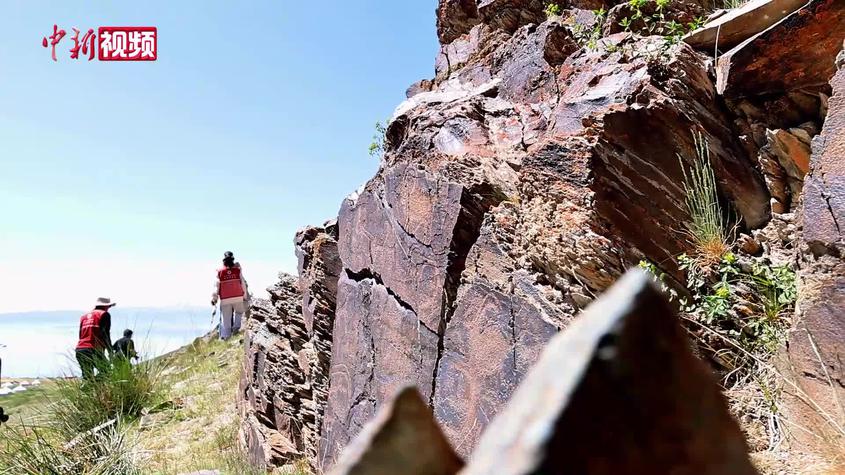




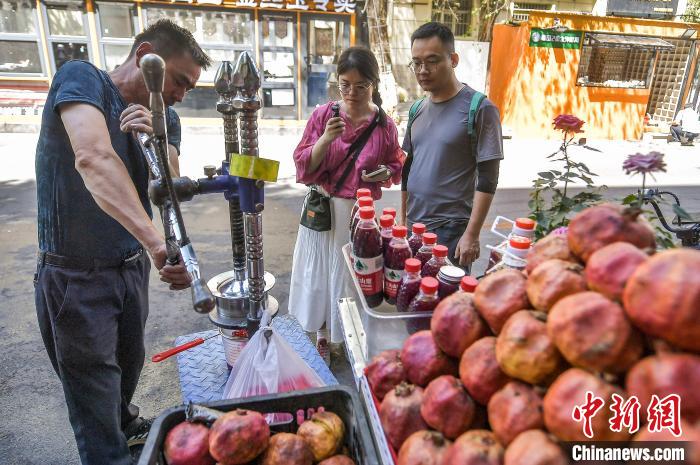



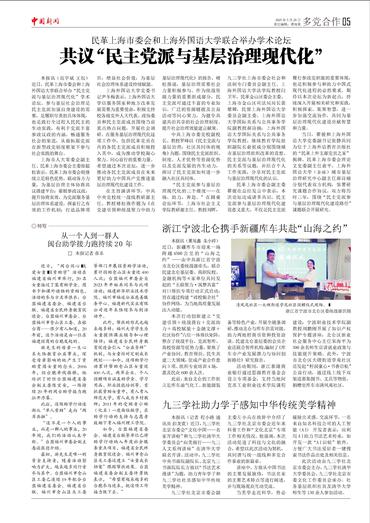

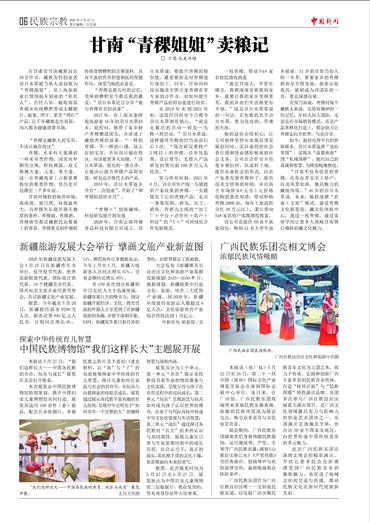
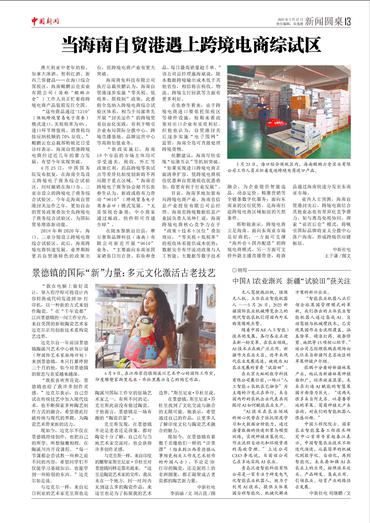
 京公网安备 11010202009201号
京公网安备 11010202009201号